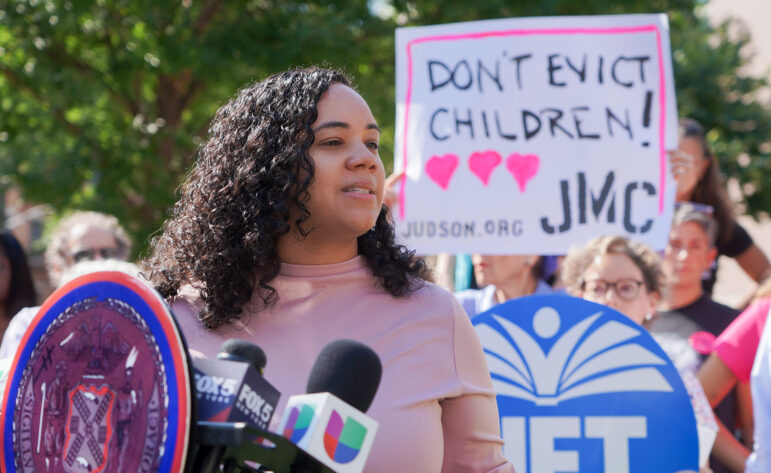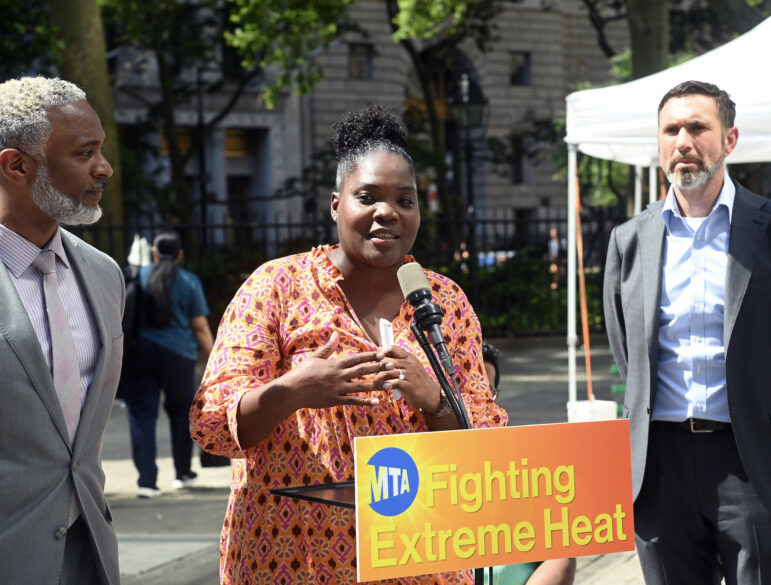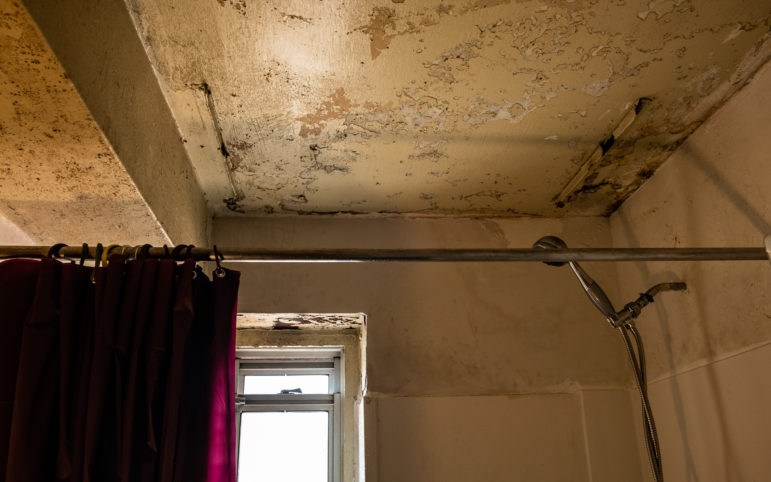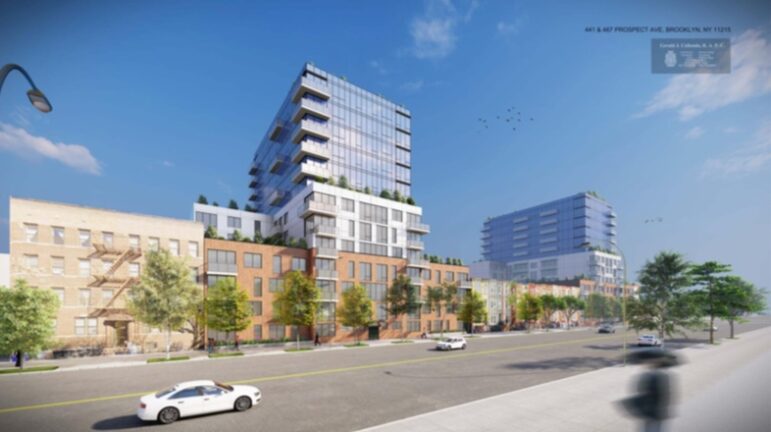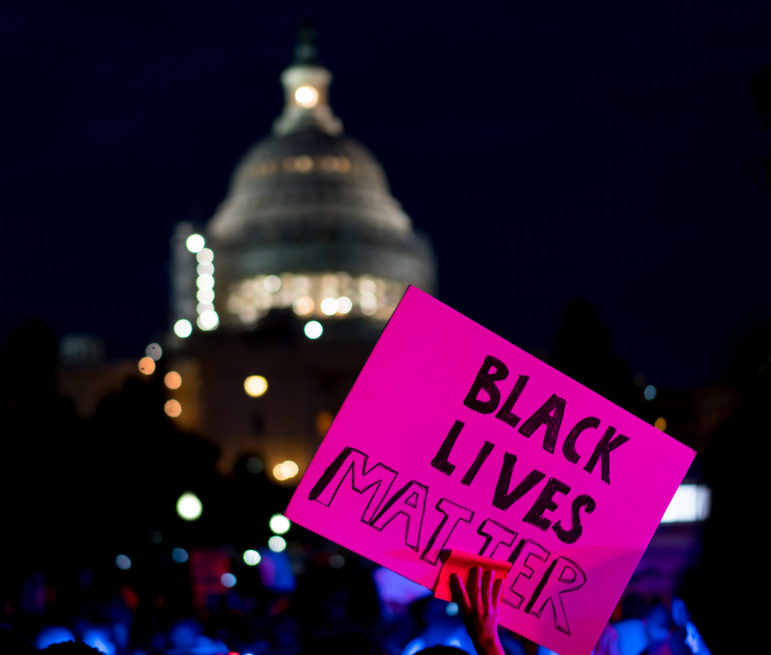
The pernicious impact of America’s structural racism – as symbolized by the prevalence of Confederate monuments in many locations and anger at athletes taking a knee even before the national anthem starts – is about far more than hurt feelings and painful memories. It’s literally about life and death.
The average life expectancy for black Americans is 4.3 years – 1,550 days – shorter than for whites.
Some of that early death is due to disproportionate police and community violence suffered by African Americans nationwide, but most of that is caused by disparate access to health care, as well as high rates of poverty.
Despite an increase in health coverage and a reduction in racial disparities under the Affordable Care Act, black Americans are still 66 percent more likely than white Americans to lack health insurance.
According to Census data released last week, in 2016, the median family income for white families was 41 percent more than for black families, and the poverty rate for black households was 2.5 times greater than for white ones. USDA reported that black households were more than twice as likely as white households to struggle against hunger, unable to afford a sufficient supply of nutritious food. Heavily African-American neighborhoods are more likely to be food deserts, in which the healthiest types are food unavailable, and are less likely to have safe parks and affordable gyms in which to exercise. All of that contributes to early black deaths.
As vast as the racial income and life expectancy gaps are, the gaps in assets—what people own—is far vaster, and growing. Pew has found that the wealth of white households was 13 times the median wealth of black households in 2013, compared with eight times the wealth in 2010. Black Americans are far less likely to own their own homes, and when they do hand down homes to heirs, they are, on average, worth far less than homes handed down by whites.
While many white people blame all these disparities on cultural differences, the reality is that most of them are caused by systematic government and societal discrimination.
In the post-World War II housing boom, when federal agencies systematically blocked loans to black people, African Americans were purposely locked out of the greatest wealth accumulation in US history.
While 31 states now have higher state minimum wage rates than the federal rate of $7.25 per hour (which equals only $13,000 per year for a year a full time work), of the six states with the highest percentage of African American residents, four have no state minimum wage at all and one has a rate set below the federal rate.
The National Bureau of Economic Research found that job hunters with traditionally white-sounding names on their resumes got called in for interviews 50 percent more frequently than those with traditionally African American–sounding names.
While people of color disproportionately live in poverty and are more likely to be forced to utilize government social services, the largest number of people in America in poverty and reliant on safety programs have always been – and continue to be – white.
Yet the Right uses race-baiting to prevent America from developing the more robust type of social safety net common in most other industrialized Western democracies.
In the 1960’s, powerful House Agriculture Appropriations Chair Jamie Whitten from Mississippi (a segregationist Democrat) complained to liberal Senator George McGovern that, if “hunger was not a problem, nigras won’t work,” and that McGovern was promoting revolution by seeking an improvement in food stamp benefits, which Whitten thought would be used for “frivolity and wine.”
Ronald Reagan, who proposed massive cuts in the safety net, complained of “young bucks using food stamps.” In the Obama era, leading GOP politicians Newt Gingrich and Rick Santorum implied that problems with African American culture made black people uniquely dependent upon food stamps. Now, President Donald Trump, who is proposing safety net cuts more severe than even Reagan’s, equates low-income communities with “inner cities” (thus implying all poverty is non-white and urban), even though the largest number of Americans in poverty reside in suburbs and many of the nation’s poorest counties are rural.
While the use of racially charged language to undermine vital government programs harms low-income Americans of all races, there is no question that these attacks are especially aimed at people of color.
If America truly wants to dismantle structural racism, it must do more than merely tear down monuments to white supremacists. To prove black lives truly do matter, the nation must not only reform the criminal justice system and end attacks on voting rights. It must also undertake a serious, comprehensive series of actions to attack poverty and inequality.
We should, of course, ensure a strong government safety net so that no one in the U.S. goes without healthy food or decent housing. But paradoxically, the broader economic reforms to create jobs and raise wages, which would most aid people of color, are ones that would also aid working class white people, Trump’s strongest base.
For instance, the federal government should dramatically expand the AmeriCorps national service program so that any American willing to perform a full two years of full-time community service would receive free tuition at an public university in America, thereby boosting upward mobility for low- and middle income families alike.
Condemning Neo-Nazis and Klansmen is (or at least should be) an easy first step. Yet, if we as a nation want to fully reject racism, we must commit ourselves to the proposition that every American is entitled to an equally long and healthy life.


